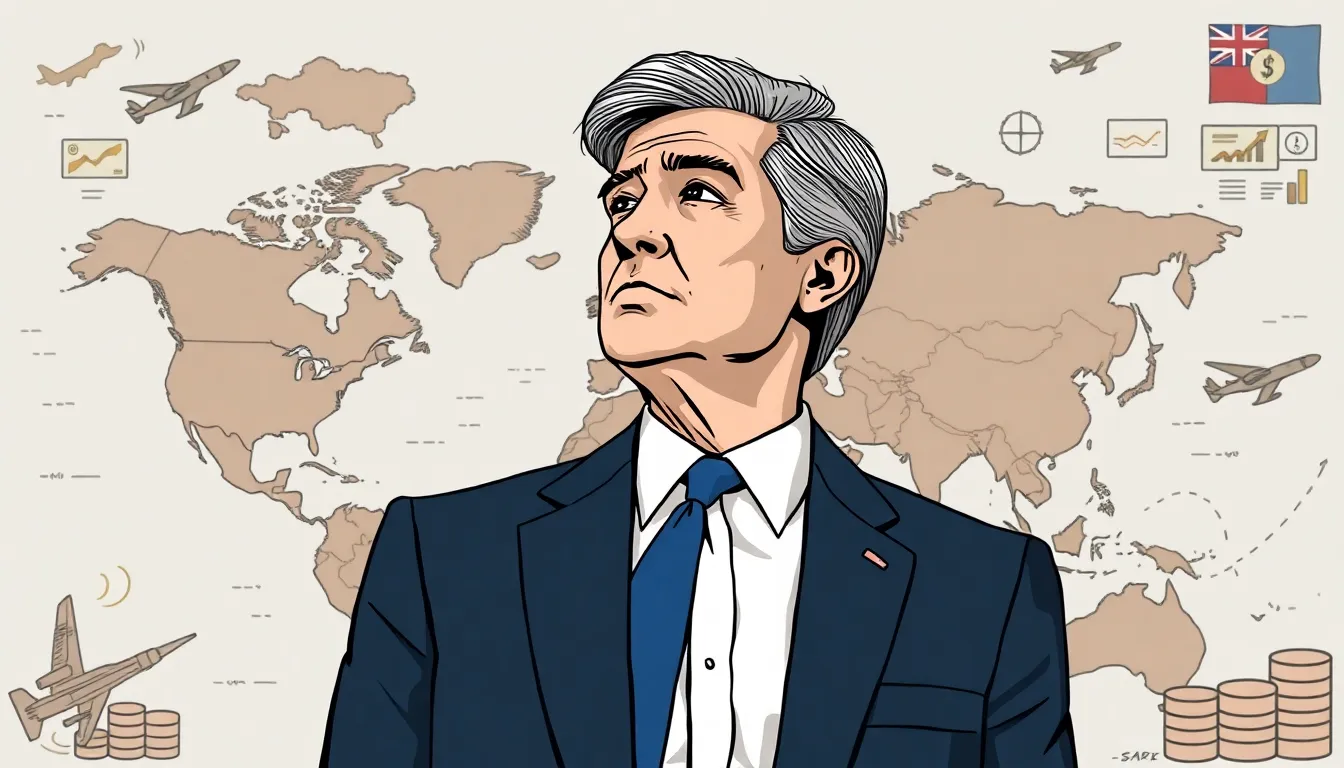As tensions rise and headlines scream about potential global conflict, one can’t help but wonder if World War III is just around the corner. The world seems to be on the edge of its seat, eagerly consuming every morsel of news that hints at a new showdown. But before you start stockpiling canned beans and building a bunker, let’s sift through the chaos and find out what’s really brewing.
World War III News
Heightened global tensions prompt ongoing news coverage about potential conflict involving major world powers. Recent developments underscore the seriousness of these concerns.
Major Conflicts and Developments
Recent skirmishes between military forces illustrate the escalating situation. Clashes in Eastern Europe and the South China Sea draw significant attention from global media. Reports indicate increased military exercises near border regions, raising alarms about strategic posturing. Analysts suggest that diplomatic negotiations may falter without significant intervention. Escalating rhetoric from political leaders fuels fears of wider conflict.
Key Players and Their Roles
Nations such as the United States, Russia, and China maintain pivotal roles in shaping events. The United States emphasizes its commitment to NATO allies, seeking to reinforce alliances. Russia’s assertive military movements indicate a shift in tactics, aimed at regional dominance. China expands its influence through economic investments and military presence in contested waters. Each nation’s actions contribute to a complex web of relationships that heighten the risk of confrontation, illustrating the delicate balance of power in current geopolitics.
Analysis of the Situation

Ongoing global tensions create significant concern about the potential for World War III. The complexities of the current geopolitical landscape necessitate careful examination.
Political Implications
Increased military posturing among major powers signals a shift in international relations. Nations like the United States, Russia, and China influence dialogue through their actions and policies. Reports indicate that a breakdown in diplomatic negotiations could lead to escalated hostilities. Analysts highlight the potential for alliances to fracture, resulting in unpredictable outcomes. Political leaders’ rhetoric often escalates tensions, which may provoke responses from rival states. Each decision carries the weight of consequences that resonate worldwide. Observers urge policymakers to prioritize dialogue to mitigate potential conflict.
Economic Consequences
Escalating tensions bring profound economic implications. Disruption in trade routes affects global markets, leading to inflation and supply chain issues. Key industries face uncertainty as investors react to geopolitical instability. Reports show that military expenditures surge during periods of heightened conflict risk, impacting national budgets. Central banks may alter monetary policies in response to economic volatility. The potential for sanctions looms large, with targeted countries experiencing reduced access to international markets. Overall, the interconnected nature of global economies means that every incident reverberates beyond borders, affecting individuals and communities alike.
Public Perception and Media Coverage
Concerns surrounding the potential for World War III shape public perception. The media plays a significant role in how these anxieties are conveyed and understood.
Social Media Influence
Social media channels amplify narratives about global conflict. Platforms like Twitter and Facebook become outlets for rapid dissemination of news and opinions. Users often share information that may lack context, leading to misinterpretations. Emotional responses to provocative headlines fuel discussions and can escalate fears among the public. Misinformation thrives, requiring individuals to critically assess sources before accepting claims as fact. Rapid updates on social media can create a sense of urgency, driving panic instead of informed dialogue. Authentic voices, including experts and analysts, occasionally gain traction, providing nuanced perspectives amid chaotic narratives.
Traditional Media Reporting
Traditional media outlets also engage in reporting on geopolitical tensions. Television networks, newspapers, and magazines gravitate towards detailed analysis of unfolding events and expert commentary. Reporters often cover military maneuvers and diplomatic efforts, providing critical context to evolving situations. High-stakes interviews with political leaders contribute to shaping public understanding, though sensationalized headlines can skew perceptions. Editorial choices influence coverage focus, emphasizing particular narratives or conflicts. Investigative journalism uncovers underlying issues, allowing for deeper insight beyond surface-level reports. This duality in reporting contributes to a complex view of potential conflicts, framing public sentiment.
Conclusion
As global tensions continue to rise the possibility of conflict remains a pressing concern. The interplay between military posturing and diplomatic efforts will shape the future landscape of international relations. Awareness of how media influences public perception is crucial in navigating these anxieties.
Policymakers must prioritize dialogue to foster understanding and reduce the risk of escalation. The stakes are high not just for nations involved but for individuals worldwide. Staying informed through credible sources can help mitigate fears and promote a more nuanced view of the complex geopolitical environment.

